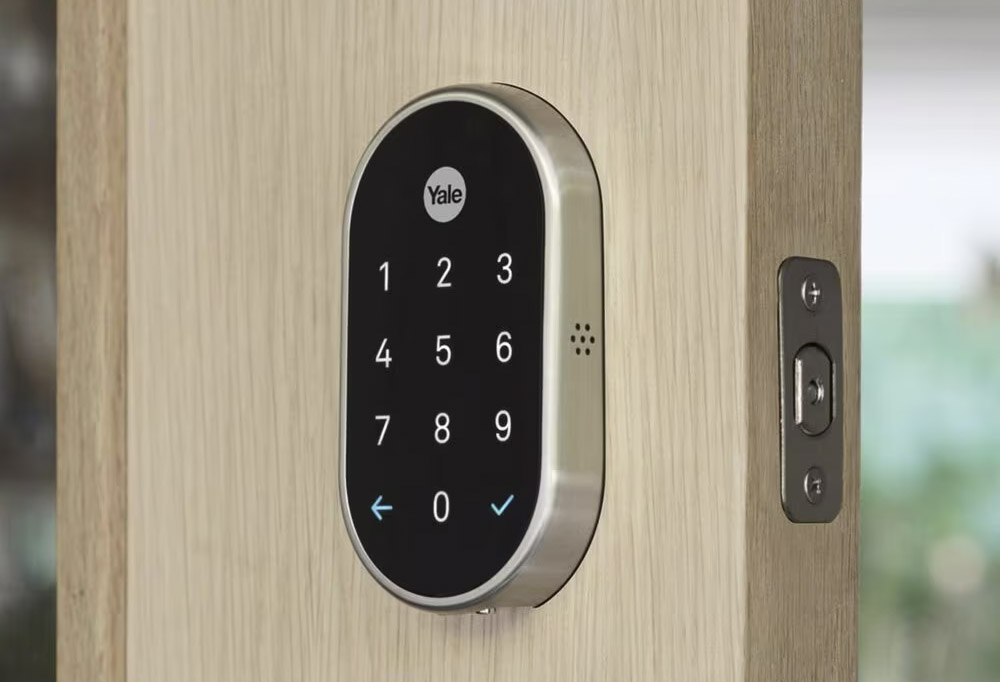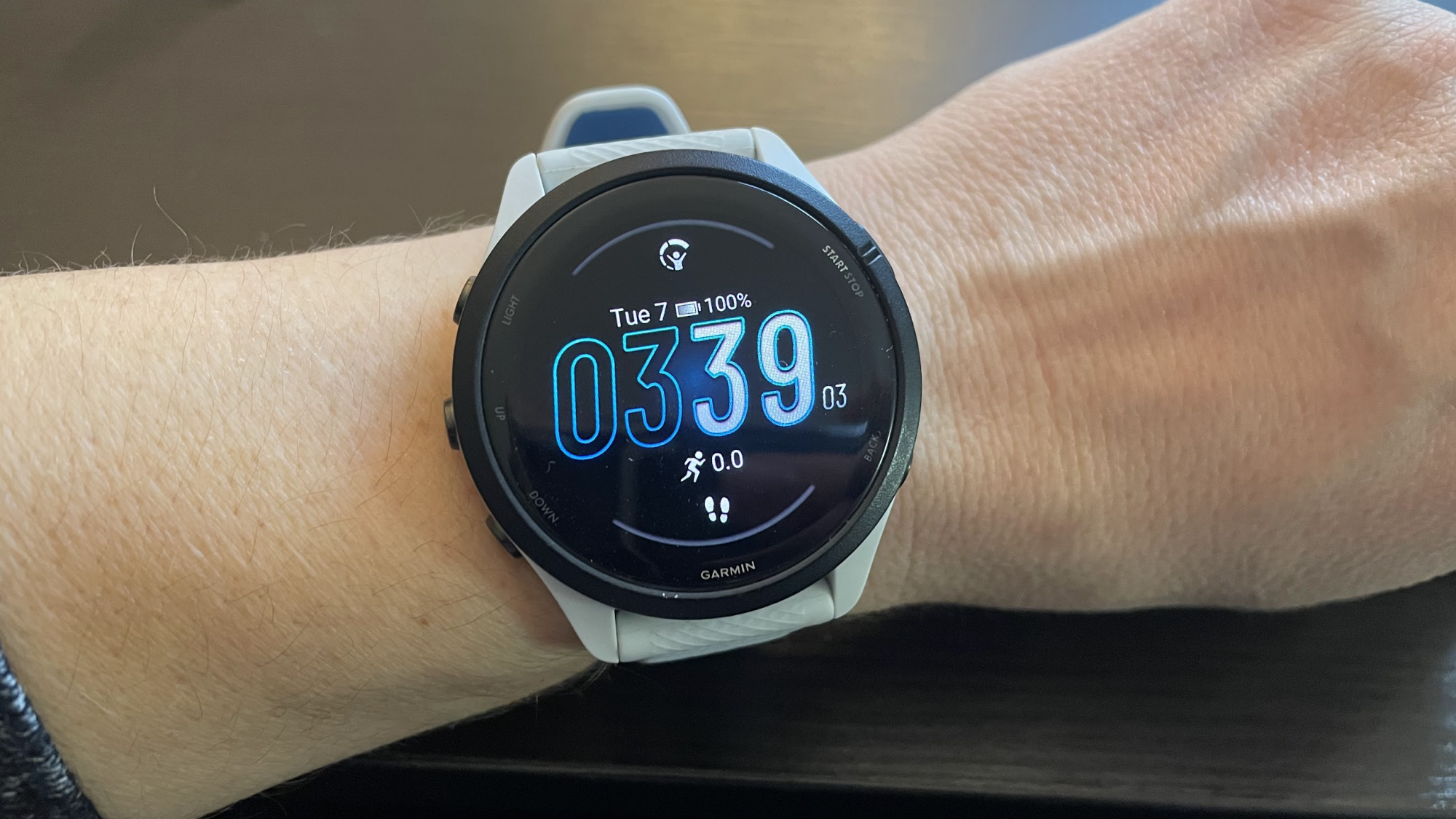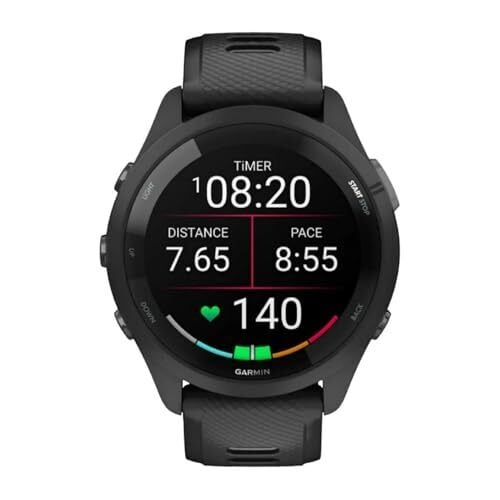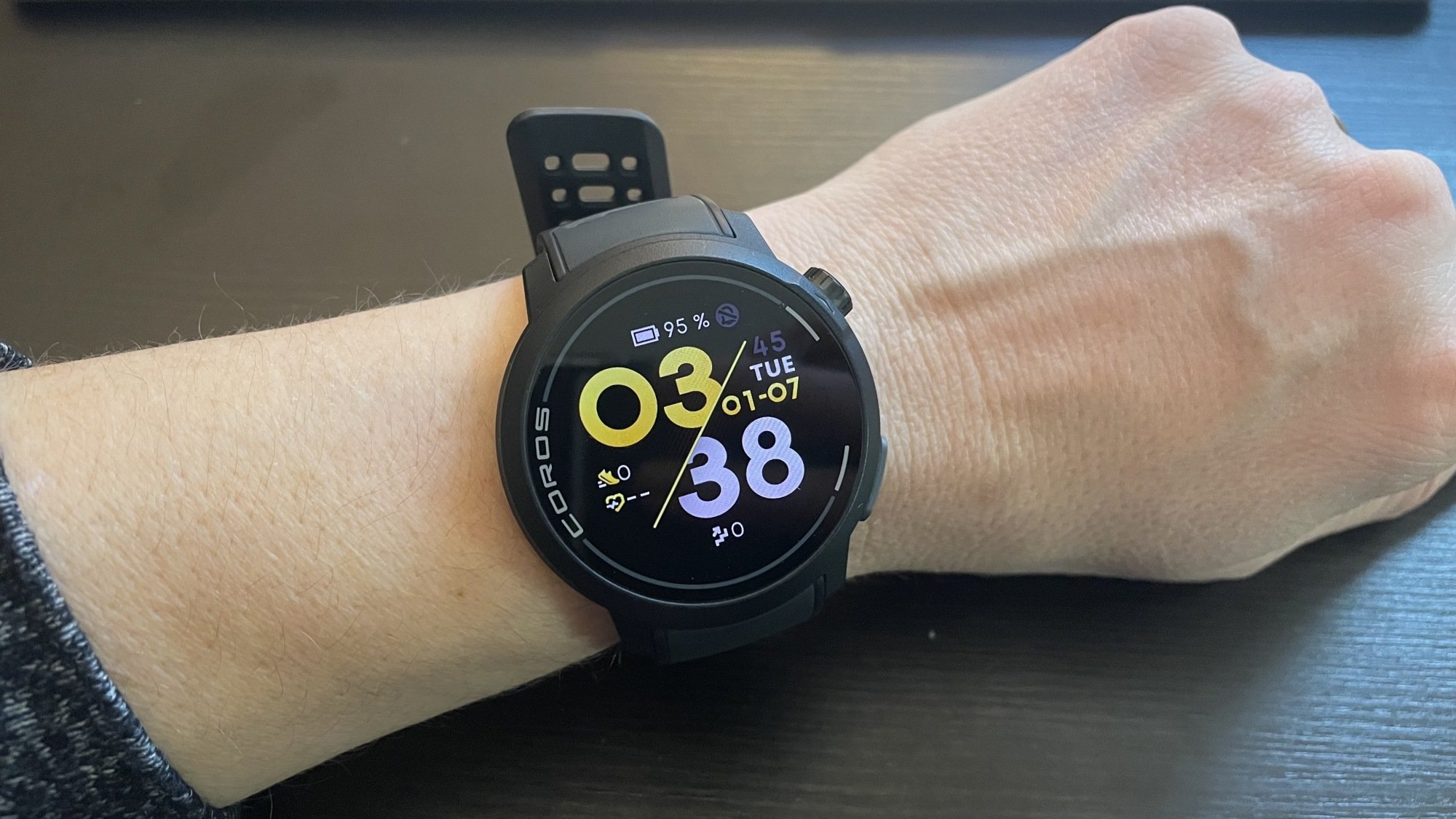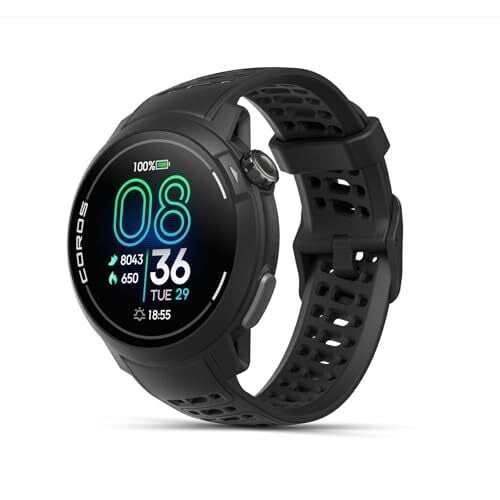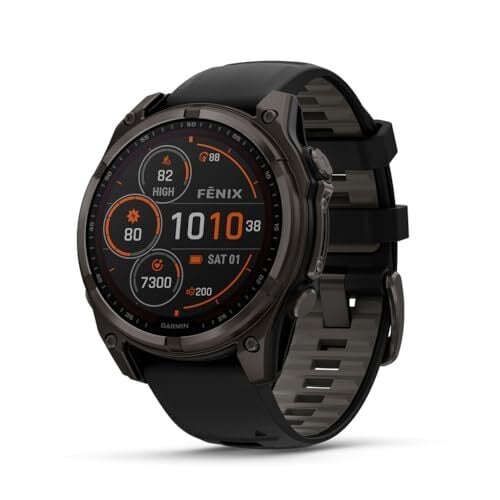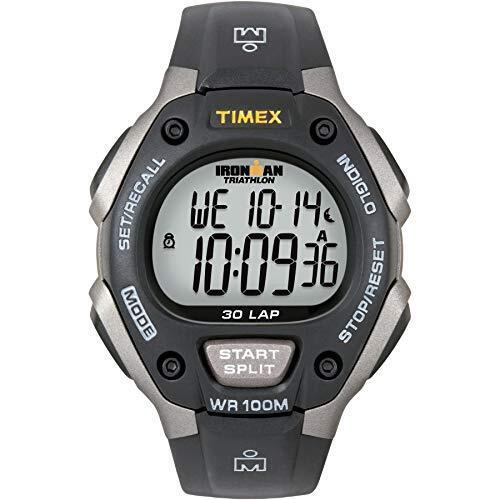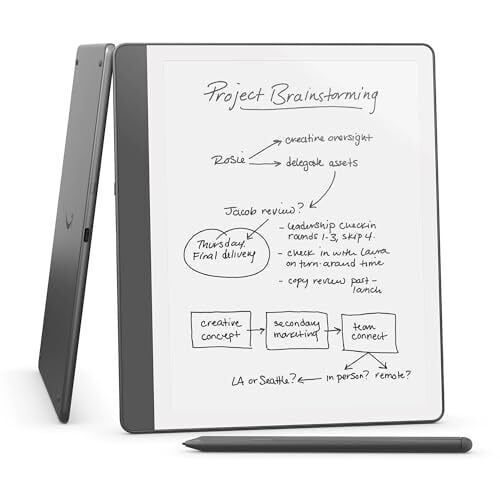We may earn a commission from links on this page.
One of the biggest considerations when shopping for a new place to live is whether to buy a new-build home or an older home. Surprisingly, only about 25% of home buyers are looking for new-build homes, and more than half of Generation Z-age homebuyers are more than willing to buy a fixer-upper home.
The cost of buying a house has a lot to do with that, of course. And that means a lot of folks can’t afford to immediately renovate that fixer-upper to their liking and will have to wait until their bank account recovers from the home-buying process. But that doesn’t mean you have to live in a shabby house designed by strangers—there are a lot of small, cheap upgrades you can make to your new house immediately that will make it feel fresh, new, and truly yours.
Painting
It almost goes without saying: The most obvious move is to paint. Paint everything, every room, the exterior, the front door—a fresh coat of paint inside and out will make the place feel brand new and give you the opportunity to put your stamp on it and make it feel like yours. The average cost to paint the exterior of your home is just $500-$600, and the interior will run you just over $1,000 on average, so there’s no reason not to start with a blank slate.
Upgrade the cabinets
If a kitchen or bathroom renovation isn’t in the cards, work with what you have. You can do some cheap, simple upgrades that will make even the oldest cabinets look new:
-
Paint or wrap the cabinets. A fresh coat of paint or a layer of high-quality vinyl wrap can turn tired, old, builder-basic cabinets into real showstoppers for very little money. Painting your cabinets yourself can cost less than $300, and vinyl wrapping the cabinets yourself can be done for about $100.
-
Add soft-close hinges to your cabinet doors and pulls. You can’t overestimate the luxurious feeling these lend to any kitchen, and you can install them throughout a standard-sized kitchen for a hundred bucks or so. If that’s too much money or work, put some cabinet bumpers in to get a similar effect for about $20.
-
New hardware. Changing the pulls on your cabinets will transform their look. If you don’t want to splash out for new hardware, you could just paint them. That would take about an hour and would cost just a can of spray paint.
-
Update interiors. If your kitchen cabinets are just empty boxes, you can make them into sleek, efficient storage units with some affordable additions like a pots and pans organizer, shelf pull-outs, Lazy Susans, and storage baskets.
Switch out the shower fixtures
If the bathroom you just bought has an open shower with curtain rod, swap out the old-style straight curtain with a curved model. It’s a small, inexpensive upgrade that will immediately make your shower feel larger and stop the curtain from wrapping around you like a shawl every time you take a shower.
You can change the showerhead in your bathroom(s) in about five minutes, for less than you think: a high-quality showerhead can be had in a variety of finishes for about $50 a pop). Doing so will improve the showering experience, make the shower look newer, and give you an invigorating start to every day.
Upgrade your lighting
Light has a huge impact on your mood and physical health. While sunlight might be the best, having a bright, well-lit home is a safer and more welcoming space. Swapping in new light fixtures is an easy way to give the place a new look while getting your taste into the picture, but if that adds up to a budget-buster, you can transform the existing features in a variety of easy ways.
Additionally, adding motion-triggered lighting under kitchen cabinets, in closets, and along stairs will brighten the place, make it more functional, and make it safer to walk around at night, contributing to a sense of comfort and security in a new space.
Speaking of light—one way a house can feel cold and uncomfortable is with harsh, single-intensity light. Adding dimmer switches will cost you about $20 to $30 per switch, and should take less than 10 minutes each. The result is a home where you can set the ambiance for each room depending on your mood, the time of day, or your activities, and that sense of control will definitely help you feel more at home in your new house.
Update wall plates
One of the easiest things to do is to replace all the light switch and outlet plates on the walls, especially if they’re the standard cheap plastic kind. Decorative wall plates come in a huge range of colors and styles, so you can really calibrate them to enhance the overall look of the place. This is especially useful if you just painted, as you can choose the color and finish of the plates to complement the fresh wall colors. If you don’t want to spend money on new plates, you can paint them pretty easily.
Get a smart thermostat
If the house has old, faded thermostats that don’t do much aside from trigger the furnace, for less than $400 you can install a smart thermostat that will let you tailor your climate experience while making your HVAC system a lot more efficient. Plus, a new smart thermostat will look nicer than that old hunk of plastic, and give the house a modern touch even if it hasn’t been properly remodeled in decades.
Upgrade the door hardware
Just like kitchen and bathroom cabinets, the doors in your house can be transformed inexpensively with paint and new hardware. Changing the door handles is the easiest and most obvious way to make your doors a design feature instead of just a necessary convenience, but don’t forget the hinges, too—it’s not difficult to pop a door off, swap the hinges, and pop it back up again. Having your hinges match the handles and lock hardware will make the door look new with a cohesive style.
Upgrade the toilet
Want to feel like you’re living in a swanky hotel? Install a soft-close toilet seat. For about $30-$50, you will never have to hear the sound of a toilet seat slamming onto porcelain ever again. If you’ve never had a soft-close lid before you might not realize just how much difference this sort of peace and quiet can make.
While you’re making your toilet experience better, consider adding a bidet. A soft-close toilet seat with a built-in bidet is easy to install but can be a bit pricey. Luckily, there are plenty of seat attachments that will more than get the job done for less than $30. Either way, a bidet will not only make your bathroom feel more luxurious, it’ll make you feel cleaner (and happier, probably).
Floor vent covers
You might not think about the vents in your floor, but you should, because they’re an easy way to bring a modern, clean look to your home even if you can’t redo the flooring right away. New decorative vent covers usually cost less than $20 each and install very easily (usually without any tools). If you don’t want to bother swapping them out, there are a lot of creative ways to upgrade the ones you have to make the place feel more “yours.”
Refresh carpets
If your new home has carpeting and it’s looking a little worn-out, with stains, wrinkles, and loose spots, you can bring them back to something close to new in two steps:
-
Deep clean. You can clean and disinfect your carpets easily and cheaply (and you should—carpets are gross, especially when it’s someone else’s grossness trapped in there). You can use a technique known as Dry Steam Cleaning, which combines powdered cleaning agents, high heat, and low moisture to get your carpets super clean. And you can always rent carpet cleaning machines from a variety of places (my local supermarket rents them) for a classic clean.
-
Stretch. One of the easiest and most affordable ways to get it looking new(er) is to have it stretched. While you can DIY carpet stretching, you’ll definitely get better results hiring someone to do it professionally (at a cost of about $100-$300 depending on the size and state of your carpet). Combined with a thorough cleaning, stretching the carpet will bring it closer to its newly-installed look.
Dress the outdoors
If your new home has an outdoor space that isn’t very fancy, you don’t have to spend a lot of time and money on landscaping and other projects to make a comfy spot for grilling, outdoor gatherings, or warm-weather napping. Adding some simple solar lights, inexpensive outdoor seating options, and a fire pit can turn even the saddest concrete slab into a chill place for outdoor enjoyment.
Don’t even have a patio? You can make one for less than $300. And if your outdoor area is an overgrown mess but you don’t have the time or budget for a landscaping project, don’t forget that cutting everything back is free.

